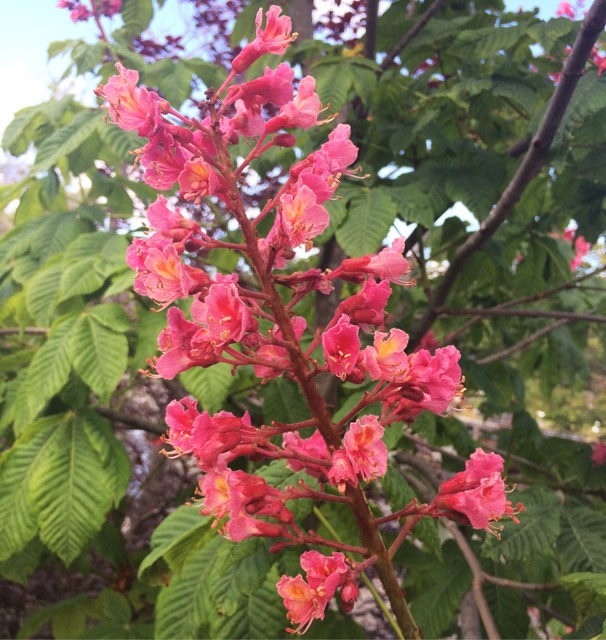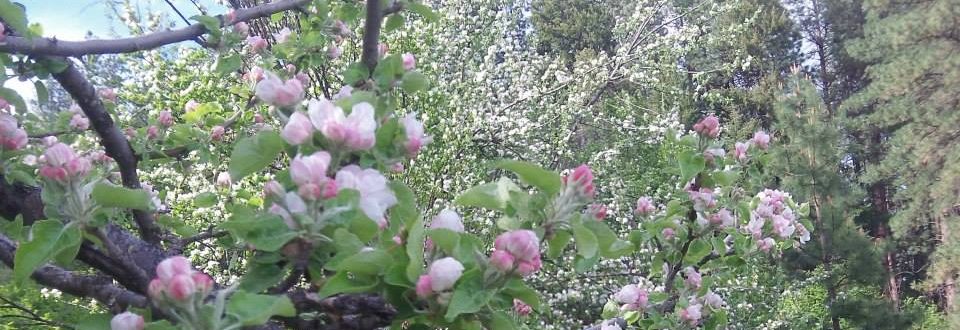The Japanese are uniquely sophisticated in their ethnobiology. This is the culture that makes art-quality lacquer from the of sap of poison-ivy trees. The science of this culture has produced these written gems, on acorn and buckeye processing culture:

I’m thrilled to have a hierarchy of methods I can explore in processing Oregon Oak acorns, at Acorn Camp this year. (I’m also eager to try a European method- leaching the acorns in swampy ground over the winter. This is so simple that jay or capuchin monkey could do it.)
(Brazilian capuchin monkeys process and age hard-shelled seeds. Does that mean this behavior has been in OUR repertoire for the 40 million years since monkeys colonized the New World?)
What’s also exciting about this paper because it’s filled in gaps in my own understanding of Aesculus culture around the world. Aesculus is the genus encompassing trees commonly known as “buckeye” and “horse chestnut”. It is represented in the four major forested regions of the Northern Hemisphere. Some species are common, some are rare endemics. Their distribution indicates that buckeye was a component of the former Arcto-Tertiary forest, which spanned the Northern Hemisphere for most of the Age of Mammals. A relationship with the buckeye genus is relationship with this ancient forest, where our primate ancestors spent so much of their evolution.

Buckeye seeds are toxic without processing, so it is unlikely that our early primate ancestors consumed it. On the other hand, some small mammals do use these seeds for food. It’s hard to know what Plesiadapis or Dryopithecus would have done with a buckeye.
The modern Japanese inherit the use of buckeye seeds from the Jomon culture. The Jomon were among the worlds most settled and technologically complex hunter/gatherer cultures. They are probably related to the people who first developed clay pottery, around 10,000 years before the development of agriculture. The Jomon, known only from archeology, were so densely settled that they have been called “suburban hunter/gathers”. And the use of buckeye by the Jomon is impressive, because it was part of how they harmonized a “suburban” lifestyle with the forests of our evolution.
Buckeye-processing culture emerged from an older mast-processing culture, focused on chestnut and oak mast. Chestnut and some oaks were probably utilized earlier because these are less toxic than buckeyes. This is a good example of what archaeologists call “resource intensification”. Resource intensification describes the transition from flexible generalist modes of subsistence, to reliance on technologically and culturally complicated methods of subsistence.
In humans, even reliance on acorns is thought to represent a kind of resource intensification, which is associated with increasing population densities. Mast-reliant cultures, like those of Jomon Japan and pre-Columbian California, emerged as earlier nomadic hunting/gathering cultures became more sedentary and populous. Small populations can persisit by enjoying the high energy returns of megafauna hunting, or migrating to wherever easy and palatable fruit is. But larger populations have to get creative, figuring out how to use toxic or tedious foods. As the Jomon got proficient at leaching the acorns, they must have realized that leaching buckeyes could be similarly productive, if not more productive, given a populous society already committed to mast processing.

Escargot may be an example of resource intensification, in which French adapted to the pressures of a dense population (famine) by eating snails. In places like East Asia, where dense populations have a long history, one finds more of the land’s total biodiversity on the menu. At the opposite extreme, there are cultures like the Montana’s Blackfoot tribe, who call bison their “real food” and don’t even eat many plants.
Resource intensification isn’t necessarily inevitable or linear. Perhaps we would be mistaken to associate such intensification with the march of progress. Where I live, on the Columbia Plateau, archaeology shows that resource intensification waxed and waned over the millennia . When the climate was wet and salmon runs were good, people lived in large villages and made more use of sophisticated fishing and root-baking technology; but when the climate was dry and the rivers were silty, people lived in small, scattered camps and focused on hunting large game. Resource intensification and dense settlements eventually made agriculture and urbanism possible. And while agricultural civilization led to runaway population growth and drastic environmental alteration, prior resource intensification functioned as a kind of safety net for a waxing and waning human population.
I associate with primitivist philosophers who can’t see resource intensification as value-neutral. When I shared this paper, on complex buckeye processing techniques, to a “rewilding” group on Facebook, Grant Schultz joked “That’s why I eat meat”. While I think Grant was mostly joking, such a sentiment would be a serious argument in some “paleo” circles. Myself, I’d rather carve off a nice horse steak than leach and grind buckeyes for flour. I’d also rather not pass judgement on ancestors who lived in dense settlements. Niether am I keen to judge modern societies for whom intensive resource use is the only sustainable way forward. Not everyone is so fortunate to live in wild country, rich in game or livestock.
Another reason I’m reluctant to make a moral argument for an Ice Age Hunter ideal is our deep primate past. I think there is more to being human than the Pliestocene Epoch. Apes eat many of the sorts of foods that only complex societies eat today. And perhaps this is mathematically predictable, since apes are know to live at greater population densities than have technologically sophisticated hunter/gathers. The world today is crowded, and rapidly warming, so examples of living with the Arcto-Tertiary forest seem valuable. The full restoration of the Pliestocene seems implausible. Commitment to the hockey-puck trajectory of agricultural civilization seems precarious. Rejoining suburban jungle culture, and its continuity with our evolution as primates, may be a more sensible third way.
California Indians leached and ate Aesculus seeds, as did the Jomon of prehistoric Japan (and probably Mesolithic Europeans, and probably the pre-Columbian Indians of Eastern North America). While the Califonia buckeye unites the Western North America, culturally and ecologically, with the rest of the temperate world, this species has unique quirks. Aesculus californica is dry-season deciduous, shedding its leaves in the hot summer. Its flowers are toxic to honey bees. For these reasons alone, I have planted California buckeye on my land.

While mass culture frets over rescuing the honey bee from the same domesticated agriculture that brought it here, I’m planting a jungle of honey bee poison. I can think of few better expressions of wildness, subversive biodiversity, and my resilient inner ape. Perhaps, one day, in the scorching heat of the Anthropocene, I’ll collect toxic buckeye seeds from the naked dormant branches of my buckeye trees, and prepare a meal fit for a sophisticated primate mind.
(photos, figures, and video jacked from Google)

